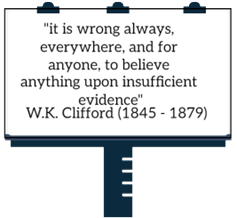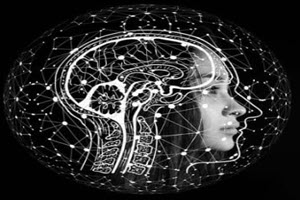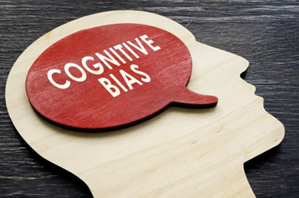Why?
You might ask why a Critical Thinking Module would be included in our course? Consider what W.K. Clifford asserted about the need to seek evidence for each and every belief:Clifford claimed that it was immoral to believe any assertion (including moral propositions) without sufficient evidence. To demonstrate his claim, Clifford asked each of us to imagine a shipowner whom had received news that their ship needed extensive and expensive repairs. But the ship owner, relying more on personal preference and what "vibed" with them (versus the evidence provided) took on passengers and went to sea. If the ship sank, Clifford reasoned that the ship owner would be blameworthy. Would you disagree?
Clifford noted that the harm of accepting a belief without evidence extended beyond the self. He observed that our beliefs were "not [only] for ourselves but for humanity." That is, we tend to share our ideas. Much like shoppers visiting a local mall, ideas are shared at local commons. We shop (or consider) ideas at the commons. Clifford would not be surprised by the phenomenon of social media ecosystems! If Clifford was correct, dumping false and unjustified beliefs into any commons used to share ideas is as immoral as dumping toxic waste and polluting in general.

We will therefore leverage critical thought to help you minimize the probability of accepting internally inconsistent arguments or arguments that are, by nature, better likened to toxic waste.
Getting Started
The Critical Thinking Module has four separate modules. Each has a dedicated quiz that must be completed prior to beginning the next module. Your time to completion will vary but expect to invest approximately one hour to each module. It is strongly recommended that you complete the modules in serial order, i.e. complete the modules in numeric order.Once you have completed the four modules above, you can conclude the CTM by taking the Climb the Ladder interaction.





